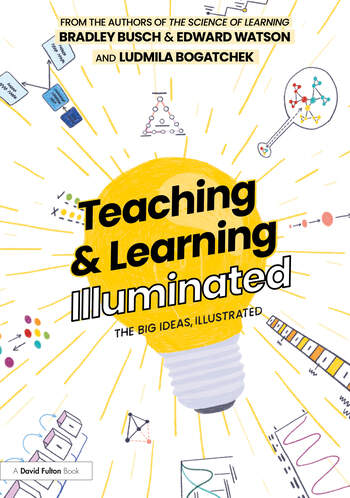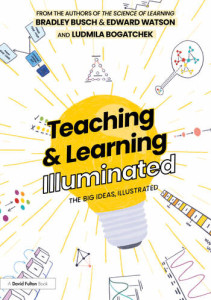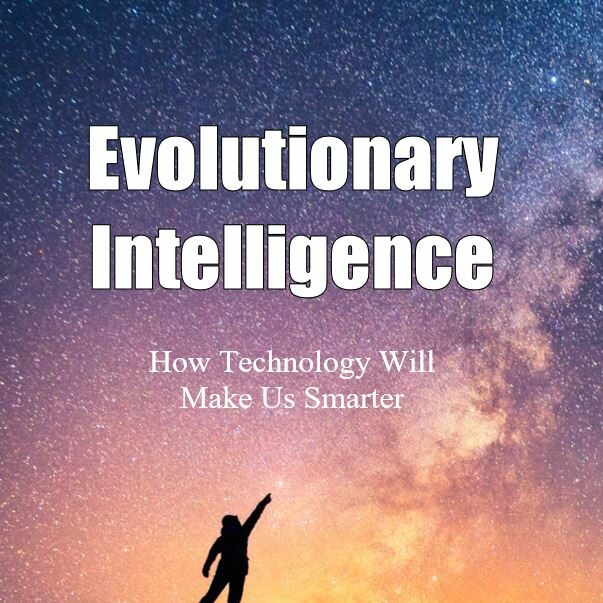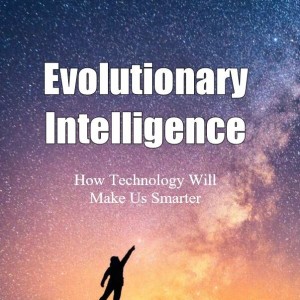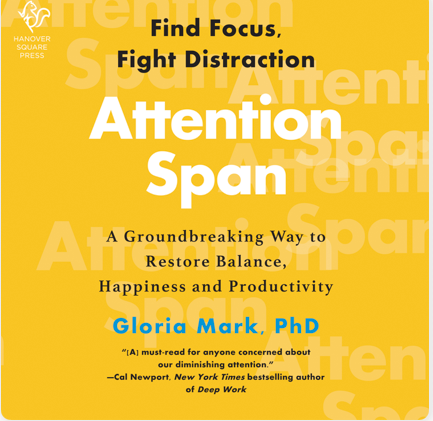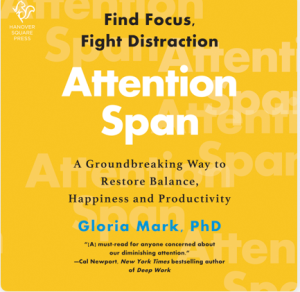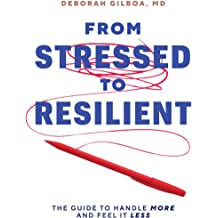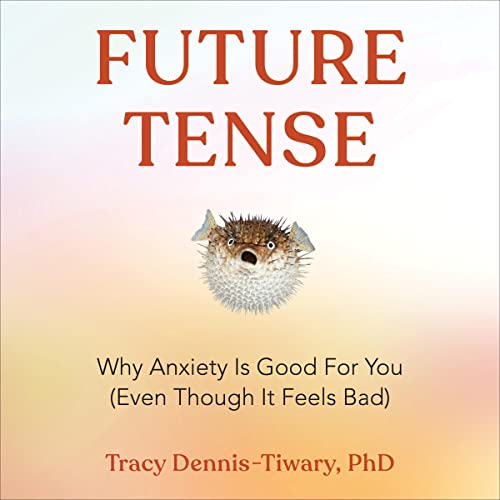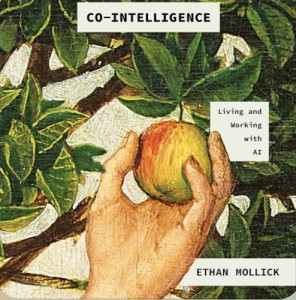 The first time I caught a student using ChatGPT to write their paper, I felt… cheated. Like a conversation had been skipped. I took it personally. Like an opportunity was there to be knocked on with curiosity but had been bypassed with convenience. But instead of staying irritated (actually … still dealing with moments of this emotion), I did what I always ask my students to do: I got curious.
The first time I caught a student using ChatGPT to write their paper, I felt… cheated. Like a conversation had been skipped. I took it personally. Like an opportunity was there to be knocked on with curiosity but had been bypassed with convenience. But instead of staying irritated (actually … still dealing with moments of this emotion), I did what I always ask my students to do: I got curious.
And that curiosity has since reshaped my teaching, my expectations, and, honestly, my sense of what’s possible. That journey mirrors the one Ethan Mollick lays out in Co-Intelligence: Living and Working with AI, a book that doesn’t just explain what’s happening in the world of AI—it invites you to walk straight into the mystery with both eyes open.
Mollick, a Wharton professor and a longtime explorer of innovation, brings the gravitas of research and the warmth of lived experience. He writes not like someone predicting the future, but like someone already living in it—and handing you the map.
This isn’t a book about fearing AI or worshipping it. It’s about partnering with it. That’s what Mollick means by “co-intelligence”: not artificial intelligence, but collaborative intelligence. The kind that emerges when we stop asking “What can AI do?” and start asking “What can we do together?”
From Sleepless Nights to Syllabus Changes
Mollick begins with his own version of a tech-wrought dark night of the soul—three sleepless nights after encountering ChatGPT. That eerie sense that something has shifted, that the future is no longer ahead of us but suddenly beside us, whispering new possibilities.
Like many of us, I also had sleepless nights, then I began to rewrite my syllabus. I started teaching my students how to prompt. How to think with AI. How to use it not as a shortcut, but as a springboard. Like jazz musicians learning to improvise with a new instrument, we were learning to play off the rhythms of something alien—and astonishingly generative. If they are using it, I need to teach them to use it well!
And still, some days, it weirds me out. Like when a student turns in something more articulate than they can say aloud. Part of me marvels. Part of me wonders what this does to their voice, their confidence, their sense of authorship. Maybe that’s the point—not to land on a stance, but to live inside the question.
The Four Rules That Could Change Everything
Mollick offers an emerging way to think for teachers and students in the AI era. New skills:
- Always ask for evidence. (Because AI is confident, not always correct.)
- Be the human in the loop. (AI might be fast, but wisdom requires pause.)
- Treat AI like a coworker. (It’s competent, but it’s not conscious.)
- Learn to use it well. (Prompting isn’t a trick—it’s a literacy.)
What struck me most is how these rules don’t just apply to using ChatGPT. They apply to life in a world where knowledge is abundant, but discernment is everything.
AI as Creative, Coach, Tutor, and Companion
Mollick shows us AI not as a monolith, but as a multiplicity: a tutor, an artist, a coach, a co-writer, a companion in the fog of creative uncertainty. And I’ve seen that too. I’ve watched students ask better questions because they could test their assumptions privately. I’ve seen them write more boldly because they had a sounding board that didn’t judge.
Is it perfect? No. But it’s productive. And weirdly, it’s kind. Because AI, at its best, is a mirror—sometimes foggy, sometimes sharp—but always reflecting something back. What we see in that reflection says as much about us as it does about the machine.
The Real Magic: Partnership, Not Power
This is where Co-Intelligence really shines: not in showing off what AI can do, but in challenging us to consider what we should do with it. Mollick doesn’t hand us easy answers. He asks better questions.
If you’re a teacher, a writer, a thinker—anyone whose job involves shaping ideas—this book feels like a signal flare. Not a warning, but a guide. It says: The future of work isn’t AI or human. It’s both. And the quality of that relationship will depend on how we show up to it.
And if you’re feeling unsure? You’re not alone. Honestly, I’m still figuring it out too. Some days AI feels like a trampoline. Other days, a trapdoor. That ambiguity—that friction—is part of what makes this moment real.
Reading Co-Intelligence isn’t just about learning how AI works. It’s about learning how we work—under pressure, in collaboration, in awe. It doesn’t just give you a flashlight. It hands you the makings of a torch and says, “Build your light.”
So here’s the question Mollick leaves us with, whether he says it outright or not: If AI can think with us, can we learn to think better with it? Not faster. Not louder. Just better.
That’s co-intelligence. And I’m all in.



